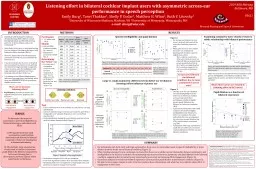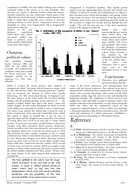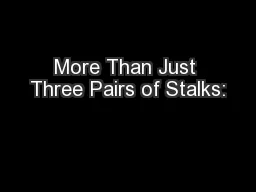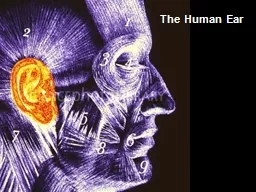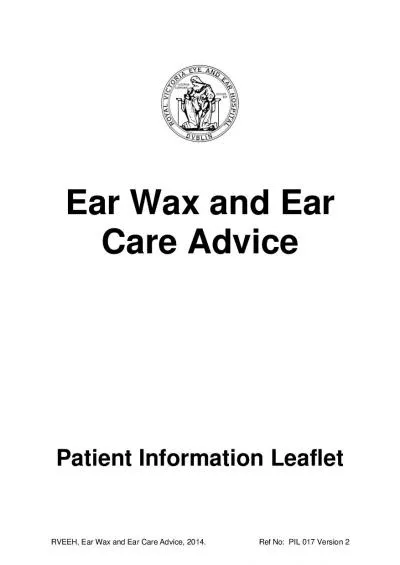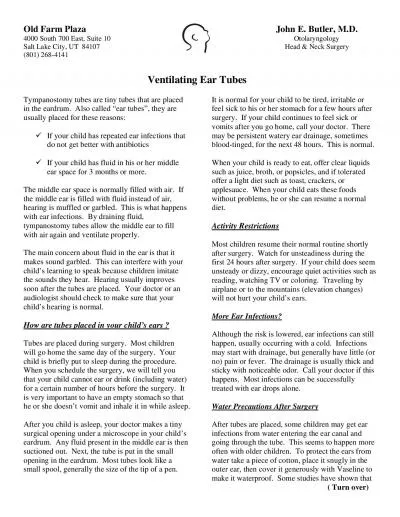PPT-Task Three conditions were tested: Better ear only, Poorer ear only, and Bilateral.
Author : bitechmu | Published Date : 2020-06-16
Listeners repeated target sentences presented in quiet from a loudspeaker at 0 azimuth Responses were scored by an experimenter Peak pupil dilation during the poststimulus
Presentation Embed Code
Download Presentation
Download Presentation The PPT/PDF document "Task Three conditions were tested: Bette..." is the property of its rightful owner. Permission is granted to download and print the materials on this website for personal, non-commercial use only, and to display it on your personal computer provided you do not modify the materials and that you retain all copyright notices contained in the materials. By downloading content from our website, you accept the terms of this agreement.
Task Three conditions were tested: Better ear only, Poorer ear only, and Bilateral.: Transcript
Download Rules Of Document
"Task Three conditions were tested: Better ear only, Poorer ear only, and Bilateral."The content belongs to its owner. You may download and print it for personal use, without modification, and keep all copyright notices. By downloading, you agree to these terms.
Related Documents

